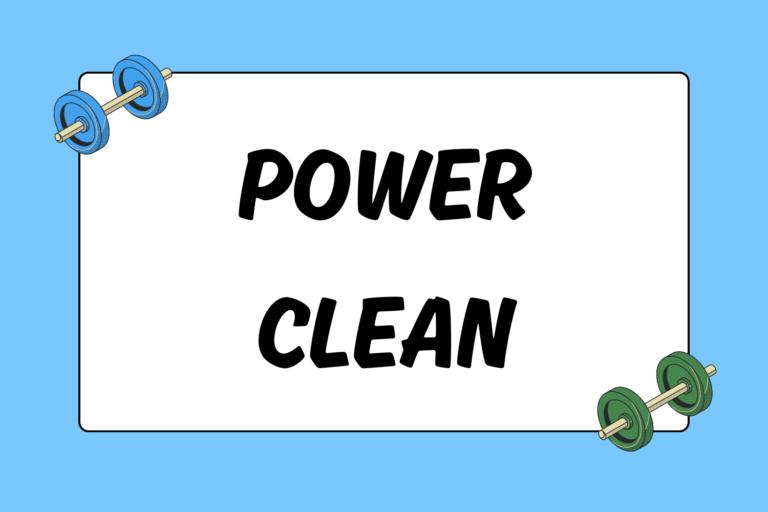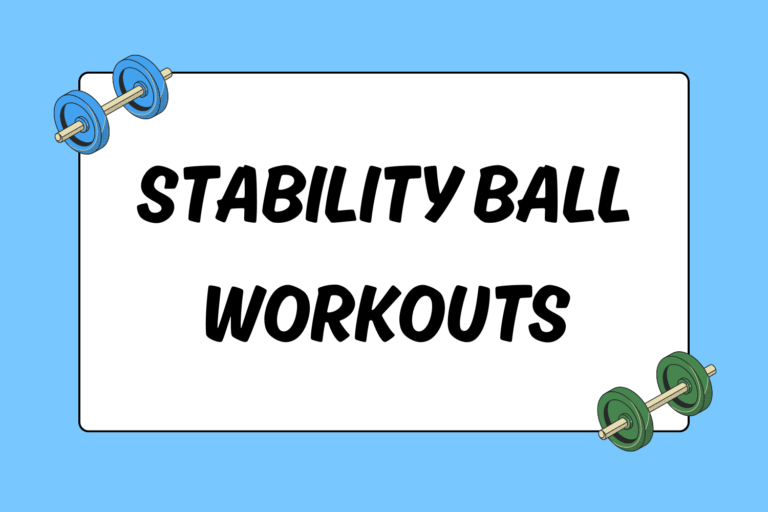The barbell snatch is without a doubt the fastest lift in fitness. The exercise has a rich history in helping athletes and weekend warriors develop increased strength, power, and explosiveness. The snatch is one of two lifts performed in the sport of Olympic-style weightlifting, and it can be simply defined as taking a barbell from the ground to overhead in one movement. Despite this seemingly simple goal, the lift itself is an art that takes years to perfect.
However, with this guide, you can learn how to best get started on utilizing one of the greatest exercises for building total body strength, power, and explosiveness.
Pre-requisites to the Snatch
Since the snatch is a full-body lift that requires both strength and skill, it’s important that you master a couple of fundamental exercises before attempting the lift. In addition, you should review the safety considerations outlined in this guide before practicing the lift.
Deadlift
Learning how to pull from the floor is crucial for the explosive portion of the lift. The deadlift strengthens the hamstrings, glutes, and back muscles, which are essential for keeping the spine straight throughout the first pull.
The Overhead Squat
Understanding how to properly squat is paramount for a safe and effective snatch. Squatting establishes proper mechanics, builds flexibility, and strengthens muscles in the hips, legs, back, and shoulders.
Once you’re comfortable with the basic squat, move on to the overhead squat variation using the snatch grip-width on a light bar or dowel. If you cannot maintain a neutral spine in the bottom position of the squat, stick to the power snatch variation. The difference between the snatch and power snatch is that you do not dip under the bar to catch the weight. Instead, you pull the bar overhead without dipping underneath, flipping the wrists over when the arms are straight, and catching the bar in either a quarter-squat or half-squat position. Refer to the How to Squat guide for more information.
Hot Tip: Proper Grip Width
In order to find your snatch grip-width, place a bar in front of you with the arms straight. The optimal grip-width should be where the bar rests at the crease of the hips with arms fully extended.
Additional Safety
Because of the explosive nature of the snatch lift, it’s important that you perform the lifts on a weight-lifting platform or rubber mat. By doing so, you can easily drop the bar in front or behind you if you miss a lift. It’s not worth dislocating a shoulder or having a bar land on your head because you’re afraid of dropping the barbell.
How to Snatch
Once you have the requisite strength and mechanics in the squat and deadlift movements, you’re ready to integrate them into the full lift. The snatch can be divided into four phases:
Step 1: The First Pull
Grasp the bar with the hands wide in the snatch-grip width. Take a deep breath, and keep the chest over the bar with the spine straight. Squeeze the bar off of the floor with the arms straight and eyes fixed on a point in front of you. Reach the hips back as you keep your weight on the heels.
Hot Tip: Use the Hook Grip
When gripping the bar, wrap the thumb over the bar with the first two fingers wrapped over the thumb. This is called the hook grip and it ensures that the bar stays in your hands when the bar is powerfully pulled overhead.
Step 2: The Second Pull
When the bar gets to the crease of the hips, powerfully extend your hips forward while straightening the knees, coming up onto your toes and shrugging the shoulders upwards. In essence, you are jumping straight up with the bar. This movement minimizes the weight of the bar while you pull yourself underneath to catch it.
Step 3: The Third Pull
Pull yourself under the bar, making sure to keep the bar as close to the body as possible. The goal here is to prevent the bar from swinging out away from the body, which limits power and can also cause the weight to be lost behind the body. The straighter the bar path, the more potential for generating power and the more likelihood there will be for a successful lift.
Step 4: The Catch
Once the bar is above your head, keep pulling the bar upwards and as your arms reach full extension, flip the wrists over quickly, and catch the bar overhead. Once you have the bar overhead with the elbows locked out, use your body to decelerate, or slow the bar down as you descend into the bottom position of the squat. It’s also important to shrug the bar upwards — as if you are pushing the bar up towards the ceiling — in order to maintain stability with the bar overhead. Pause at the bottom position to make sure that you’re stable and have the bar balanced overhead. From this position, stand up with the weight.
Final Tips
Practice with only a light bar or wooden dowel first before you add weight — you need to master the technique before adding more weight. You can purchase wooden dowels or PVC pipes cut in seven-foot lengths at most well-stocked hardware stores. It’s easier to fix bad technique in the beginning than it is to fix bad habits later on. Secondly, having a solid foundation in basic squatting, deadlifting, and overhead pressing is essential to a strong and safe lift. And finally, if flexibility is a limiting factor, incorporate some daily accessory flexibility exercises into your routine, and practice the snatch technique with a dowel or empty bar every day.





